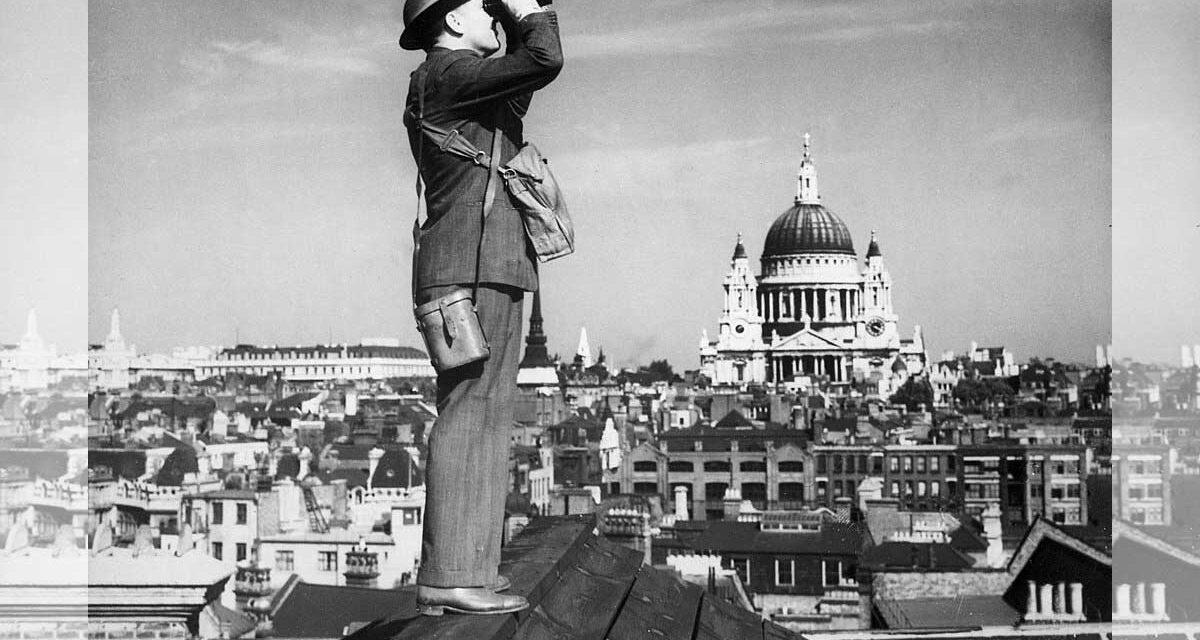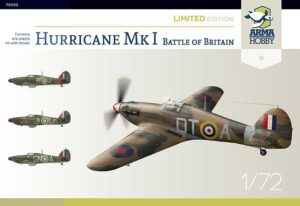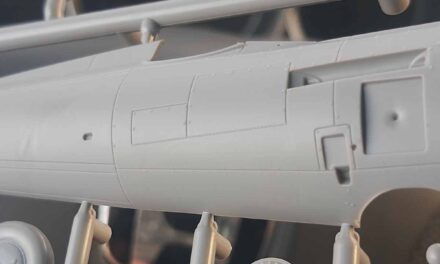The Battle of Britain was one of the longest campaigns during the Second World War. But when did it actually start and when finish? Historians use dates set by AVM Sir Hugh Dowding – 10th July to 31st October 1940. Is it correct?
He-111 during air raid over Britain in1940, photo: Wikipedia.
The “official” timeframe of the Battle of Britain
Battle of Britain was usually divided into four phases:
Phase One – 10th July to 12th August – when Luftwaffe focused their attacks on ships and harbours on the southern coast of England;
Phase Two – 13th August to 18th August -also known as the “battle of airfields”, as Luftwaffe concentrated their raids on the Fighter Command bases and radar stations which were the heart of air defence system;
Phase Three – 19th August to 6th September – Luftwaffe continued their attacks on the RAF airfields and towns of, mainly, southern England (at that time two Polish fighter squadrons joined the battle – Nos 302 and 303);
Phase Four – from the 7th Sptember to the 31st October – when Luftwaffe concentrated on towns and cities and allowed Fighter Command to catch a breath, repair damages of their bases and replace lost pilots with fresh ones.
Battle timeframe understood by its paticipants
 However, for a long time H. Dowding claimed that the first day of the battle was the 8th August when Luftwaffe attacked the “Peewit” Convoy, which led to the first big air battle during the campaign.
However, for a long time H. Dowding claimed that the first day of the battle was the 8th August when Luftwaffe attacked the “Peewit” Convoy, which led to the first big air battle during the campaign.
But when we talk about the dates set by Dowding we have to remember that this period relates to the most intense attacks on Britain. The small scale raids started earlier, during the Battle of France. Taking this into account we can adopt different dates of the battle.
Photo: AVM Sir Hugh „Stiffy” Dowding, Wikipedia.
Phase One – 26th June to 12th August – small, nuisance raids which actually were a combat reconnaissance, since the 4th of July intensified attacks on shipping, beginning of the “Battle for the Channel”
Phase Two – 17th July to 12th August – „The Battle for the Channel” – intensification of attacks against shopping on the English Channel and the beginning of air raids on harbours on the southern coast
Phase Three – 13th August to 6th September – „Adlerangriff” – attacking British air defence system which aim was to destroy Royal Air Force in southern England and industrial centres (including London)
Phase Four – 7th September to 2nd October – the Blitz commenced, Luftwaffe focused on day and night bombing raids on London.
Phase Five – 3th October – 31 October – Luftwaffe focused on night attacks on British towns and cities; during the day Luftwaffe sent fighter-bombers with strong fighter cover whose task was to lure RAF fighters into combat and cause as high losses as possible.
As we can see, in both cases 31st October is the finishing date of the battle. However, it continued in the following months of 1940. John Foreman, acclaimed British historian, called them “The forgotten months of the Battle of Britain”. In November Italian Reggia Aeronautica made their attacks on Britain and they are treated as attacks during the battle. We must remember that in November and Decembers German attacks were even stronger than earlier.
Pilots of the 303 Polish Squadron. From left: P/O Ferić, F/Lt Kent, F/O Grzeszczak, P/O Radomski, P/O Zumbach, P/O Łukuciewski, F/O Henneberg, Sgt. Rogowski, Sgt. Szaposznikow, zdjęcie Wikipedia.
Battle timeframe from German perpective
And what Germans think about the battle dates? German historians think that the beginning of the battle was in May 1940 and the conclusion in the summer 1941 when Luftwaffe units started relocation to the east as a part of preparation to the “Barbarossa”.
Interestingly, at that time RAF didn’t think that the bat tle ended. On the contrary, it was preparing for its continuation in the spring of 1941. The fear of Luftwaffe speed the development of RAF main fighters – Supermarine Spitfire and Hawker Hurricane.
However, Luftwaffe didn’t start new, large scale attacks on British soil. On the contrary, it was RAF that started offensive, which proved to be very costly for Royal Air Force with little effect. On 20th December when the first Rhubarb mission took place when No 66 fighter squadron sent their aircraft to attack targets in France. And on 10th January 1941 the first “Circus” operation took place when RAF sent six Bristol Blenheim bombers protected by around 100 fighters to attack targets in France.
So, in my humble opinion, we can safely set a finishing date either on 20th December or 10th January, as these days mark the beginning of Royal Air Force offensive.
Cover photo – observer from Royal Observer Corps, London, Battle of Britain 1940.
You may be interested in:
Hurricane kits with Battle of Britain markings:
- 70019 Hurricane Mk I Expert Set
- 70020 Hurricane Mk I Model Kit
- 70023 Hurricane Mk I Battle of Britain Limited Edition
Shop for them in Arma Hobby link
An enthusiast of air war during the Battle of Britain, over North Africa and Italy, over South East Asia and France in 1940. In free time builds models in 1/72 scale, and from time to time in 1/48 scale.
This post is also available in:
 polski
polski











